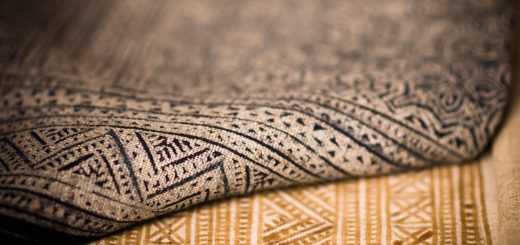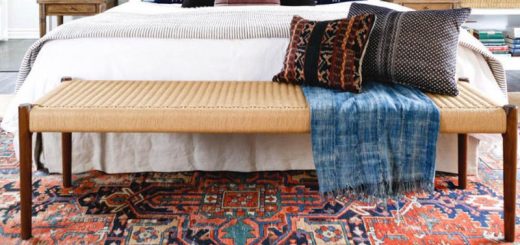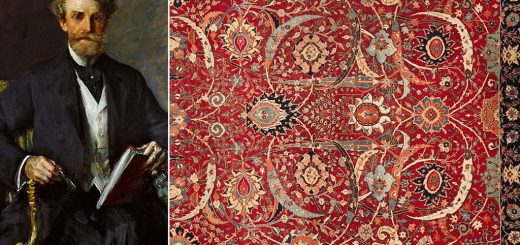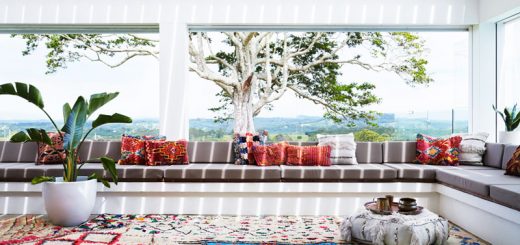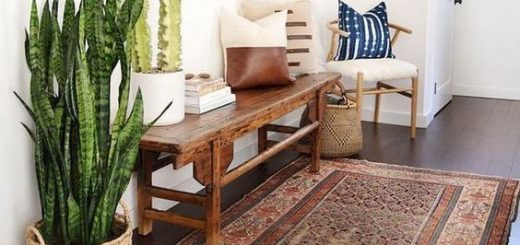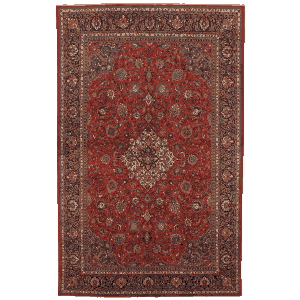Top 3 Largest Persian Rugs In the World
1st Largest Persian Rug
When you think of the largest Persian Rugs in the world, how big do you even imagine it would be?
It can be hard to imagine but the world’s largest rug is the size of a soccer field. That’s right – the rug that holds this impressive record is 133 meters long, 41 meters broad and has a total area of 5,453 square meters or 60,468 square feet. That is in fact slightly larger than a football field.
This massive rug graces the floor of the central prayer hall of the monumental Sheikh Zayed mosque in the United Arab Emirates. The order for the rug was placed even before the mosque was completed.
Construction of the Rug
Iran’s state-owned rug manufacturer Iran Carpet Company was entrusted with the job of creating the rug by Emirati officials who wanted to create a unique piece for the central prayer hall of the Sheikh Zayed mosque in Abu Dhabi.
The rug was designed by Ali Khaliqu, a renowned Iranian artist and it was hand woven by about 1,200 weavers from three different villages from around Mashadin, a region in Iran that is well known for its highly skilled weavers. Most of the weavers were experienced women weavers ranging in ages from 16 to 60 years.
The weaving started in March 2006 and it took them about one and a half year to complete the entire rug. The weaving itself was done in nine different parts in nine different workshops. The work in each of the workshops was supervised by ten master weavers who acted as technical experts and coordinated the work being done in the different workshops.
Here are some amazing numbers about the rug:
- – The total number of knots in this rug is an unbelievable 2.2 billion knots.
- – 38 tons of wool and cotton were used to weave this masterpiece.
Some of the wool was sourced from Iran itself and the remaining wool was sourced from New Zealand.After all the individual parts were complete, the nine individual rug parts were flown to Abu Dhabi along with the master weavers who were responsible for then stitching the parts together to create the one massive rug that graced the floor of the prayer hall.
Although it is not for sale, the rug is valued at a little over US$8 million.
Design of the rug
The field of the rug consists of more than one thousand stylized flowers. These flower motifs are surrounded by numerous motifs woven in about twenty five different colors.
The idea behind using different types of motifs in different colors was intentional. The rug was intended to look colorful so that it would reflect the intricate artwork and sculpturing of the mosque’s ceiling. The combination of colors was carefully chosen so as to create an accurate reflection.
The chosen colors included six shaded of cream, five shades of blue, four shades of red and four shades of green in addition to six other assorted colors.
It took over six months just to research and finalize the design and the colors of the rug to make sure that the design and the colors would stay within the traditional Persian rug design and also complement the surrounding.
By all accounts, this gigantic rug receives approximately 1,500 to 2,000 visitors a day.
2nd largest rug
Before the rug for the Abu Dhabi mosque was commissioned, the record for the world’s largest rug was held by the rug in a Mosque in Muscat, Oman.
This rug occupies a floor area of 5,000 square meters and weighs 22 tons. Its length and breadth dimensions stand at 70 meters x 60 meters. This rug was created on order by the Diwan of the Royal Court of Sultanate of Oman who was looking for a rug that would cover the entire floor of the main prayer hall in the Sultan Qaboos Grand Mosque in Muscat.
The rug was ordered in 1996 and was worked on by 600 weavers. It was completed and shipped to Muscat four years later in December 2000.
It took another four months to install the rug and link the various parts and it was finally considered completed and installed in April 2001, which was just in time for the inauguration of the Mosque, which took place one month later.
Design of the rug
The inspiration for the central medallion that is featured in the rug came from the design on the ceiling of a mosque in Isfahan. However the design on the rug is not an exact replica of the ceiling. There were certain adjustments that had to be made taking into consideration the massive area of the rug.
The smaller motifs were arranged in the center with the larger sized motifs radiating outwards so that it looked like a concave dome. This in effect reflected the inner dome of the Grand Mosque so when the rug was placed below the dome, they looked almost like reflections of each other.
The rug contains 1.7 billion knots.
With a beautiful blend of Kashan, Isfahan and Tabriz design traditions, it is considered to be a true manifestation of the age-old art of Persian rug weaving. 28 different colors were used in varying shades to highlight the design elements. Most of the dyes were obtained from traditional vegetable dyes.
From start to finish a wide range of innovative, inventive techniques and processes were used to design, weave and install the rug at the site.
Interestingly, worried about the possibility of infringement, the makers of the rug, the Iran Carpet Company, applied intellectual property rights to their creation.
The 3rd largest rug
The 3rd largest rug covers an area of 2400 square meters and was commissioned for the Amin Mosque in Muscat, Oman. It took 400 weavers about 16 months to complete the rug.
With a knot density of 40 knots per square centimeter, the rug contains over a billion knots.
CarpetU2 Team

